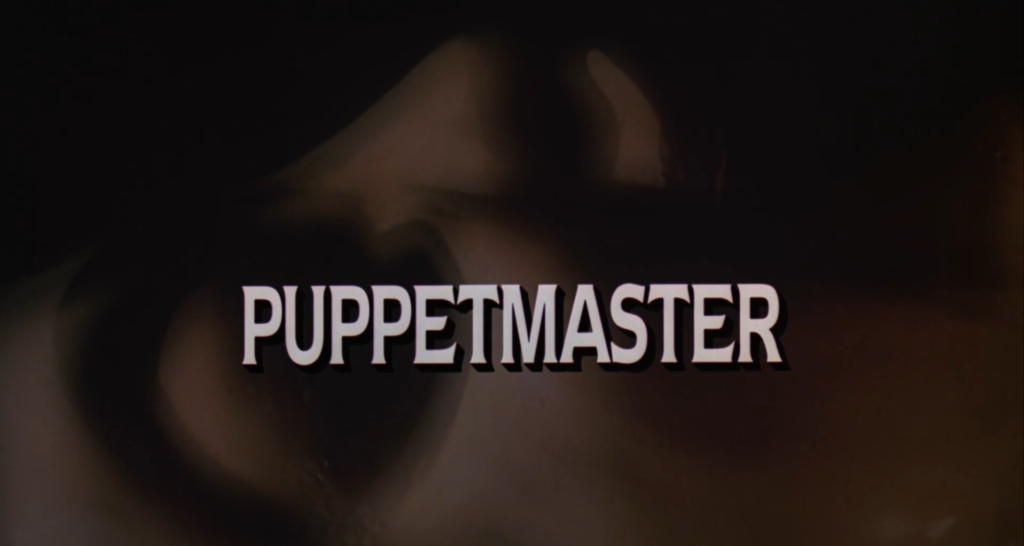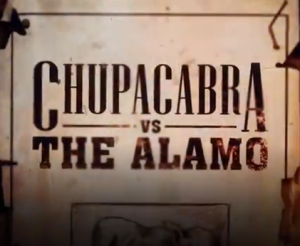Let’s cut to the chase. Do you like The Simpsons? Do you like It (2017)? Do you like both? Great. Go watch the season 34 episode “Not It.” “Not It” does what the best Simpsons Treehouse of Horror episodes do: it uses the subject of the parody as a jumping off point rather than staying strictly beholden to the subject’s plot. The episode also successfully walks the line between comedy and horror. Krusto, the Simpsons version of Pennywise, is legitimately unsettling, and the artists at The Simpsons should be proud of themselves.
Alright, time to out myself as a 90’s kid. When I was young, I watched The Simpsons religiously after school, twice on weeknights, once on Sundays. Like most of my generation, the show was a touchstone between childhood and adulthood. The show was whip-smart, subversive, empathetic, allusive, and consistently hilarious. It informed my vocabulary and introduced me to pop culture. It may be the purest encapsulation of 20th century Americana, and the most influential television show of all time.
The Simpsons is a show so good that people can complain about it sucking for twenty plus years and still revere it as legendary. I’m not going to weigh in on the sempiternal question of “When did The Simpsons lose its edge?” because, if you still care about The Simpsons, you’ve probably heard a few hundred opinions on the subject already. What you might not hear is that The Simpsons can still bring the heat, even in its relative dotage; seriously, how many shows are older than you are?
If The Simpsons was my daily ritual, the Treehouse of Horror episodes were my annual ritual, as sacred as Samhain to a pagan. After trick or treating when I was young enough for it, or, as a teenager, while waiting for trick or treaters to visit, I watched the ever-growing list of Halloween episodes. Years before I was even old enough to watch the originals, I was howling at parodies of a Nightmare on Elm Street, The Omega Man, and The Shining. Could I appreciate that “Fly vs. Fly” was a deft parody of both the original and the Cronenberg-directed sequel? No, but I was sophisticated enough to appreciate Homer trying to take a whiz in a matter transporter.
Even when I went to college and the daily habit of watching The Simpsons was displaced by going to class and then procrastinating homework, I still kept up the yearly tradition of watching the Treehouse of Horror. This year, the tradition kicked off early with “Not It,” a full-length horror parody that came before the 31st. I couldn’t wait until Halloween for this. I’m glad I didn’t.
“Not It” follows the beats of the It (2017) film, dividing the episode between the childhood lives of Homer, Marge, Comic Book Guy, Carl, and Moe as they gather as friends to defeat Krusto and their return to Kingfield (get it?) as adults to defeat It once and for all. It’s a dense adaptation, since the book is an epic and the 2017 and 2019 films total 5 hours of runtime, but it feels fully realized rather than rushed.
Constant Readers probably recognize that It features seven main characters, rather than the five I’ve just listed, but this is just one of many smart elisions the episode makes. The characters are allowed to share characteristics of the originals – Bill, Stanley, Richie, Bev, Mike, Ben, and Eddie – but the characterization isn’t a one-to-one mapping. Viewers who have already read the book or viewed the It Chapter One and Chapter Two will be able to appreciate that Homer shares traits with Bill, Ben, and Mike, and the twist on the original story this affords. Indeed, that flexibility is part of what makes “Not It” so successful. Krusto doesn’t take the forms that Pennywise does in the films or book, and the characters don’t make the same decisions. Even for Constant Readers, this episode will have surprises to spook and delight them.
What did you think of “Not It?” What’s your favorite Treehouse of Horror? Let me know in the comments below.







